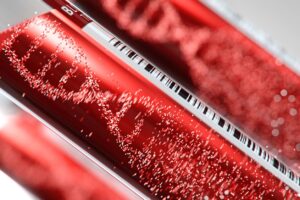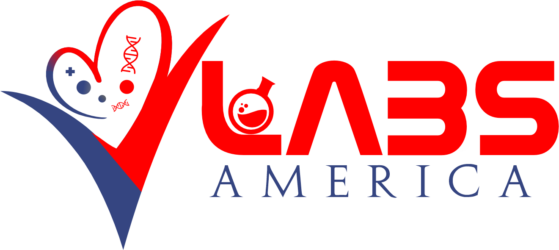Wound Fungal

Wound fungal infections occur when fungi invade the skin, leading to various symptoms and complications. Common causative agents include Candida species and dermatophytes like Trichophyton rubrum. These infections are often characterized by redness, itching, and the development of lesions on the skin.
Treatment for wound fungal infections typically involves antifungal medications. The choice of medication depends on the specific fungal species causing the infection. For example, azoles like fluconazole or echinocandins may be prescribed for Candida infections, while terbinafine or itraconazole may be used for dermatophyte infections.
At V-Labs America, we offer a comprehensive panel of lab tests to identify and diagnose various fungal and bacterial pathogens associated with wound infections. The tests include:
Candida species:
· Candida albicans
· Candida glabrata
· Candida parapsilosis
· Candida tropicalis
Dermatophyte:
· Trichophyton rubrum
· Epidermophyton floccosum
Bacterial pathogens:
· Citrobacter freundii
· Enterobacter (Klebsiella) aerogenes
· Enterobacter cloacae
· Enterococcus faecalis
· Enterococcus faecium
· Escherichia coli
· Klebsiella pneumoniae
· Morganella morganii
· Proteus mirabilis
· Pseudomonas aeruginosa
· Staphylococcus aureus
· Staphylococcus saprophyticus
· Streptococcus agalactiae
· Streptococcus pyogenes
Antibiotic-resistant markers:
· KPC (Klebsiella pneumoniae Carbapenemase)
· CTX-M (Cefotaximase-Munich)
· NDM (New Delhi Metallo-beta-lactamase)
· QnrA and QnrS (Quinolone resistance genes)
· mecA (Methicillin resistance gene)
· sul1 and sul2 (Sulfonamide resistance genes)
· dfrA1 and DfrA5 (Dihydrofolate reductase genes)
· VanA and VanB (Vancomycin resistance
These tests provide a comprehensive analysis of both fungal and bacterial pathogens, allowing for accurate diagnosis and targeted treatment plans.
